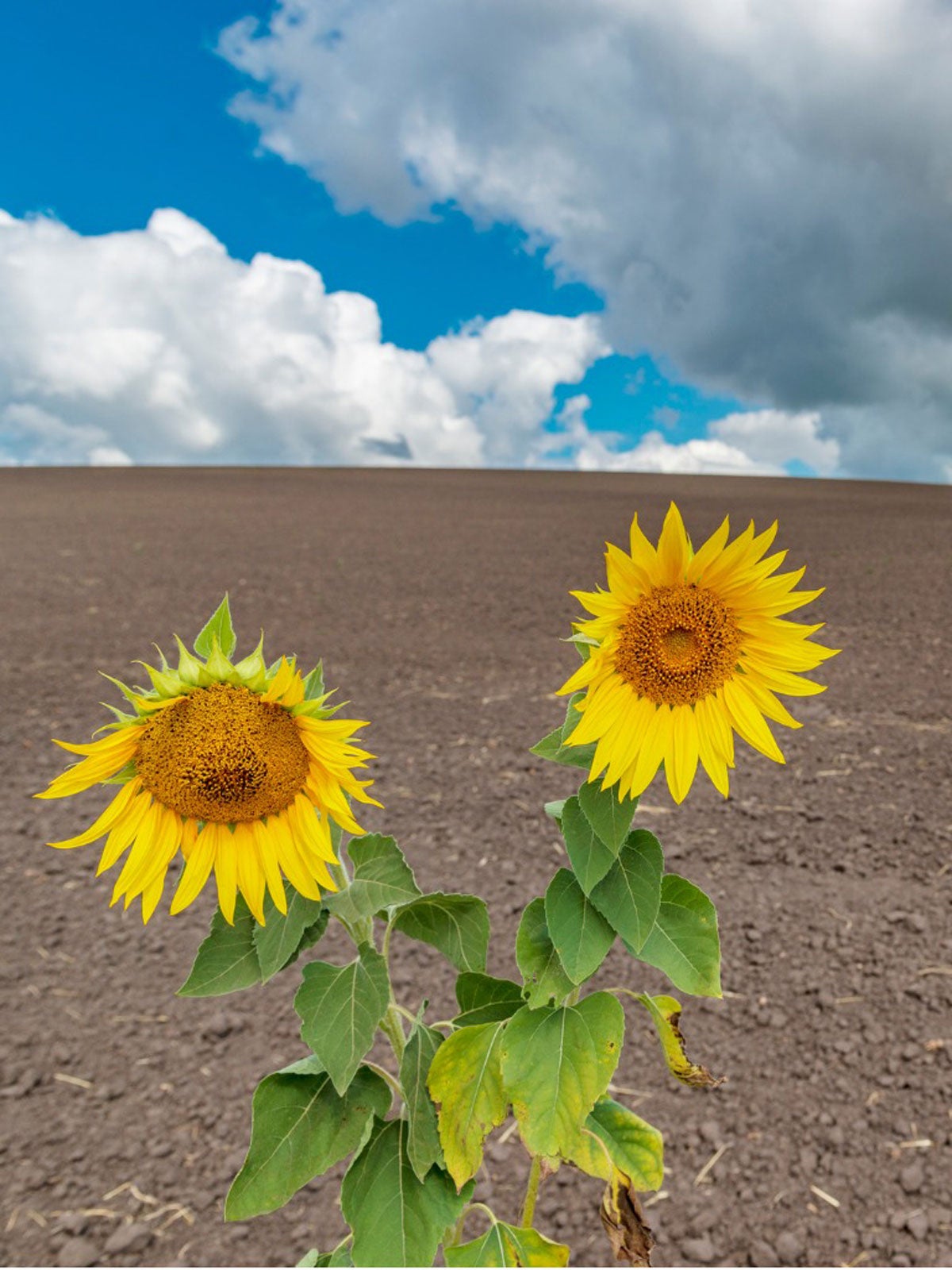Clean Up Soil With Plants – Using Plants For Contaminated Soil


Plants that clean contaminated soil are under study and are actually being used already in some places. Instead of a massive cleanup that removes soil, plants can absorb and safely store those toxins for us.
Phytoremediation – Clean Up Soil with Plants
Plants absorb and use nutrients from soil. This extends to the uptake of toxins in the soil, providing us with a useful, natural way to clean contaminated land. Pollution from toxic metals to mine runoff and petrochemicals makes soil harmful and even unusable.
One way to deal with the problem is by brute force-- simply remove the soil and put it somewhere else. Obviously, this has serious limitations, including cost and space. Where should the contaminated soil go?
Another solution is to use plants. Plants that can absorb certain toxins may be placed in areas of contamination. Once the toxins are locked in, the plants can be burned. The resulting ash is light, small, and easy to store. This works well for toxic metals, which are not burned away when the plant is turned to ash.
How Can Plants Clean Soil?
How plants do this may vary depending on the species and toxin, but researchers have figured out how at least one plant absorbs a toxin without damage. Researchers in Australia worked with a plant in the mustard family, thale cress (Arabidopsis thaliana), and found a strain susceptible to poisoning by cadmium in soil.
From that strain with mutated DNA, they figured out that the plants without the mutation were able to safely absorb the toxic metal. The plants take it up from the soil and attach it to a peptide, a small protein. They then store it in vacuoles, open spaces inside cells. There it’s innocuous.
Specific Plants for Contaminated Soil
Researchers have figured out specific plants that can clean up certain toxins. Some of these include:
Sign up for the Gardening Know How newsletter today and receive a free copy of our e-book "How to Grow Delicious Tomatoes".
- Sunflowers have been used to absorb radiation on the site of the Chernobyl nuclear disaster.
- Mustard greens can absorb lead and have been used on playgrounds in Boston to keep kids safe.
- Willow trees are excellent absorbers and store heavy metals in their roots.
- Poplars absorb a lot of water and with it can take in hydrocarbons from petrochemical pollution.
- Alpine pennycress, researchers have discovered, can absorb several heavy metals when soil pH is adjusted to be more acidic.
- Several aquatic plants take heavy metals out of the soil, including water ferns and water hyacinth.
If you have toxic compounds in your soil, contact an expert for advice. For any gardener though, having some of these plants in the yard could be beneficial.

Mary Ellen Ellis has been gardening for over 20 years. With degrees in Chemistry and Biology, Mary Ellen's specialties are flowers, native plants, and herbs.